And so we begin our journey to Ars Electronica Gardens around the world right here, on the other side of the world, in Australia and New Zealand. We travel to the mythical world of the Maori, made visible and tangible by means of holographic mini-sculptures, we ask in a drone opera about the increased acceptance of military systems in a non-military environment. We share our memories of past Ars Electronica Festival nights and dive into the endless expanse of digital galleries. And we ask about alternative futures, where land is not a commodity, local food production is a matter of course and indigenous understanding of the role of man is heard. Come with us on this journey!
Ars Electronica Garden Auckland: Aotearoa
The Ars Electronica Garden Aotearoa features selected projects by New Zealand technologists, artists and university researchers and welcomes local and international visitors to a cyber-physical environment. Large format projections meet physical artifacts, physical and digital space are brought together. The Aotearoa Ars Electronica Garden presents performances and prototypical installations, offers guided tours of studios and research facilities as well as visits to cultural sites and extraordinary landscapes.
In the project Kōrero Paki we dive deeply into the key moments of Maori mythology. On the mobile phone the mythological figures come to life and float as holographic 3D sculptures above our hands. Through a simplified motion-capture process, the drawings were transformed into animated narratives by a live performer. The stories include the creation, the journey from Hawaiki, the meaning of the whale, the ceremonial welcome on the marae, the demonstration of traditional weapons and martial arts.
Kōrero Paki is a collaboration between the arc/sec lab and Manaia M.
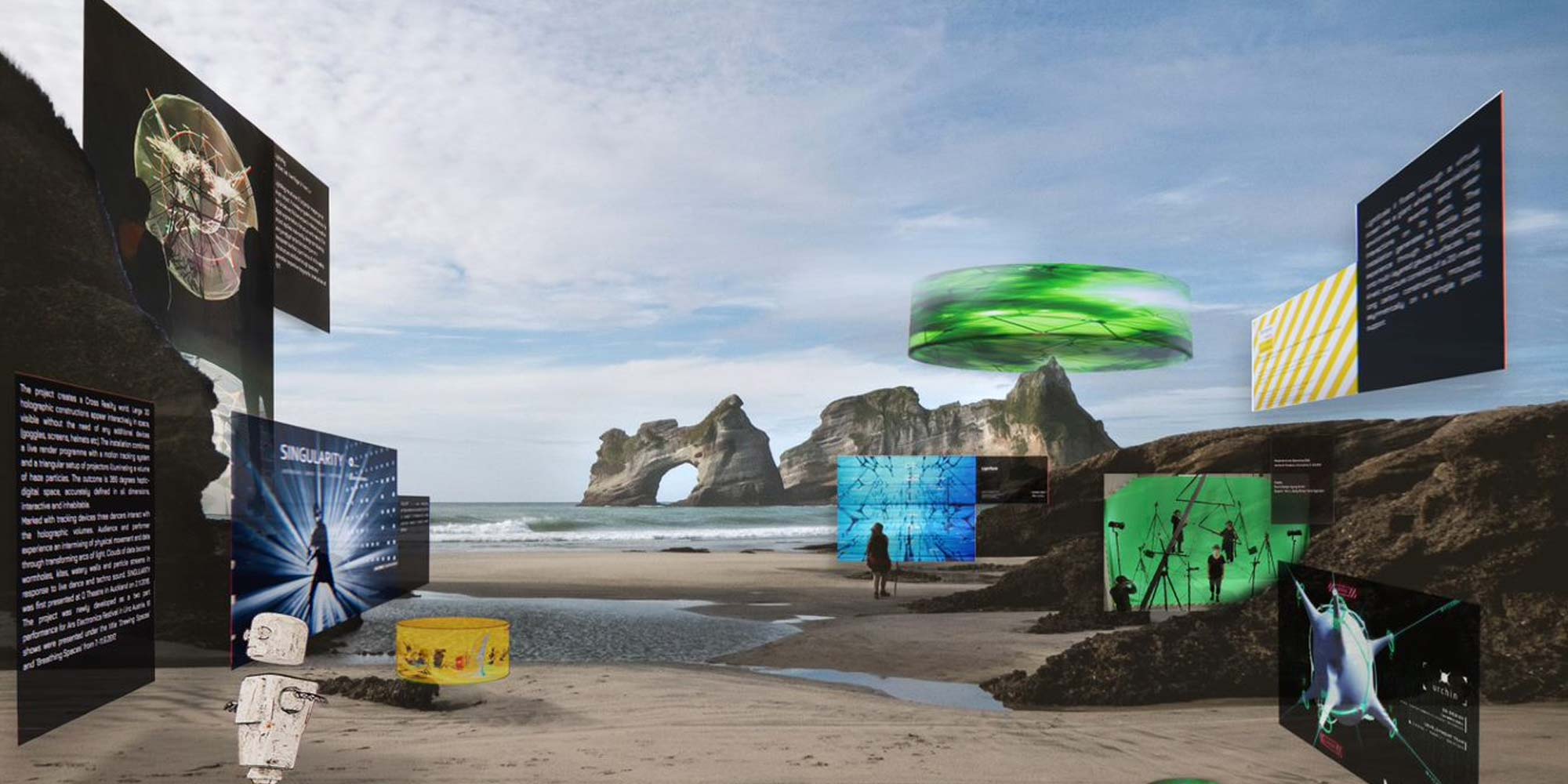
Ars Electronica Garden Brisbane
During a residency at the Museum of Brisbane, “CELESTON” was created, a video by the artist duo Man & Wah, whose work is dedicated to man’s relationship with nature and places it in a cosmic context. Against the background of a global pandemic, the creation of the work was a form of self-directed learning – questioning the place of artists in the events that surround us all. CELESTON is a fusion of audio, video and photographic material.
The Museum of Brisbane is dedicated to supporting the many talented artists, designers, writers, historians and storytellers in the city. The MoB Artist@Home Residency is designed to support artists and record their life experiences during the COVID 19 pandemic.
Ars Electronica Gardens Melbourne
In Melbourne we meet an extensive garden network. Matthew Gardiner, one of our Futurelab artists and key researchers is currently working in Australia. He has two very different works for us, a new robotics and origami kit, called oribokit, which is based on his research and practice. To join in the workshops over the festival and during September, simply buy a kit from https://oribokit.com and choose your workshop date. With “Beside the Nibelungen Bridge” he recalls the days and nights of past Ars Electronica Festivals and calls on all Linzers, artists, visitors and friends to remember together with this Augmented Reality piece.
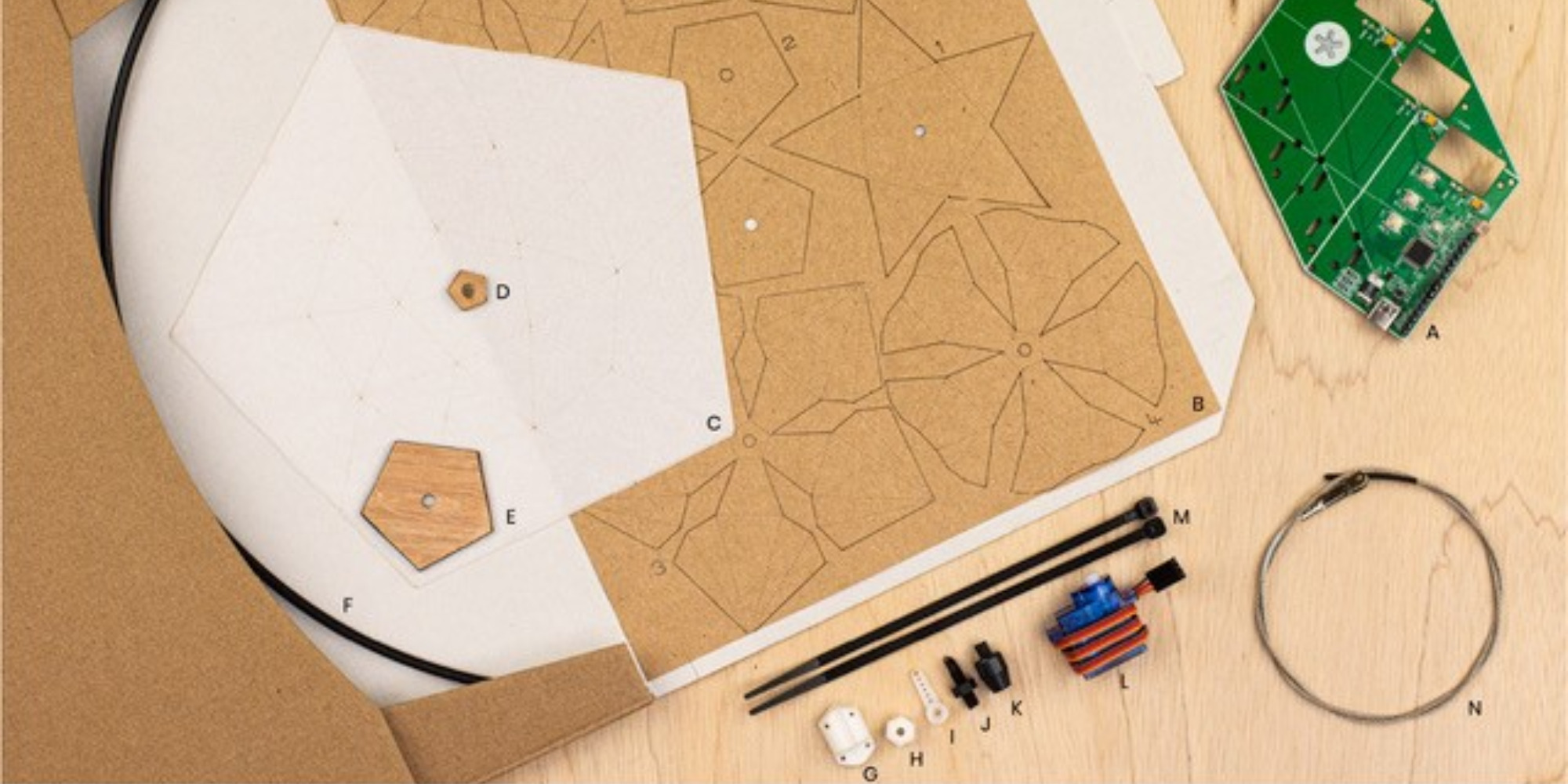
Melbourne: Experimenta Garden
The Experimenta Garden, for example, is showing “A Drone Opera” by the artist Matthew Sleeth – a project that developed over a period of five years and is visualised as a performance, installation and film. It deals with the social acceptance of total surveillance and the increased presence of military systems in non-military environments.
“Our hubris with technology, the constant surveillance by the government and the idea that we are often distracted by the bright, shiny lights and worry about the wrong things” (Sleeth, 2015) were accelerated by this global pandemic.
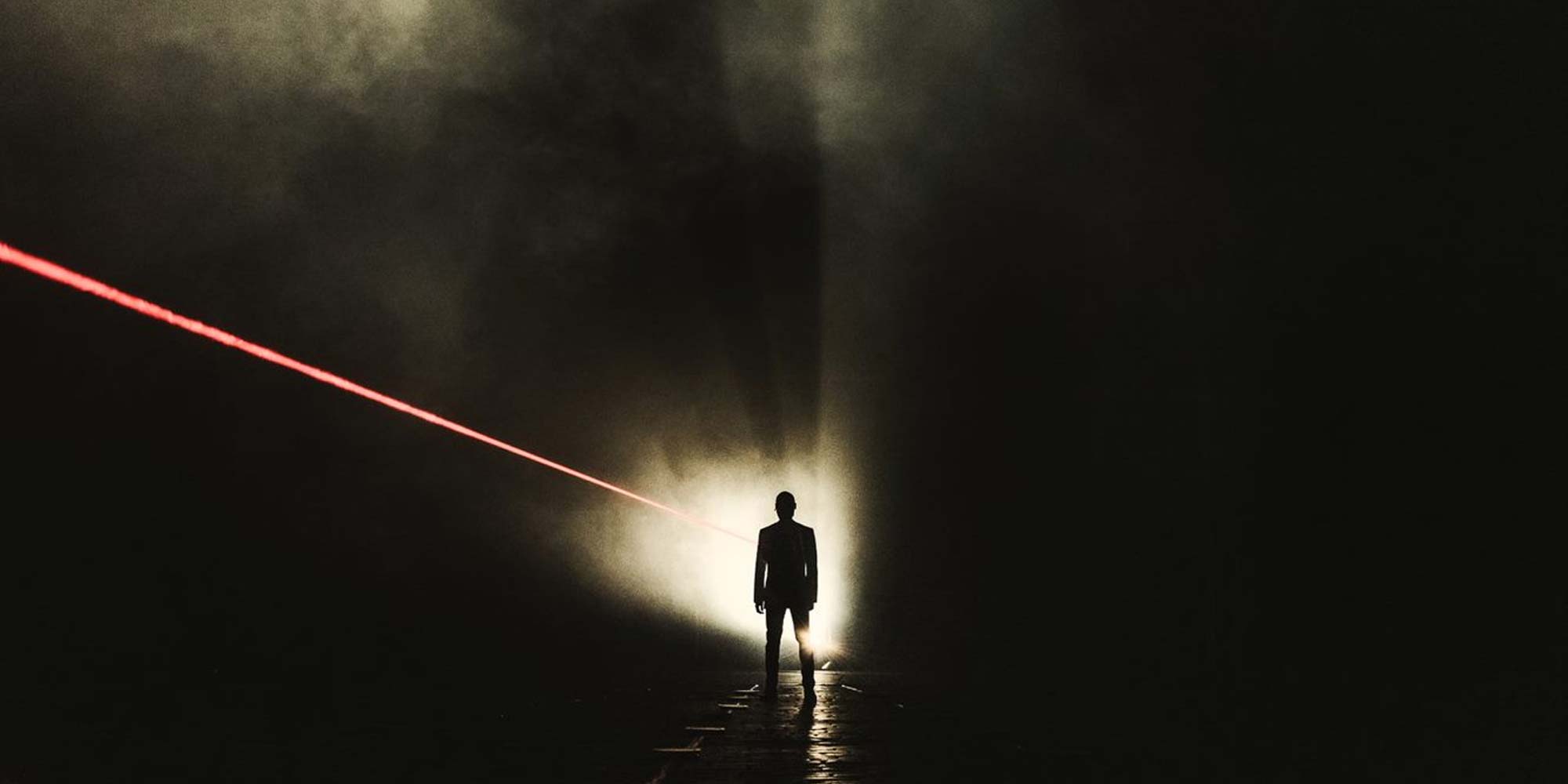
Melbourne: Part of Science Gallery Network
In the garden of the Science Gallery you can marvel at the best of the world’s only university network dedicated to public engagement with science and art. A virtual tour of Dublin, for example, or a discussion on cultural transformation, a digital exhibition or a therapy session in virtual reality. The creation of art and science exhibitions can be viewed behind the scenes and a live workshop is available.
The Science Gallery network consists of leading universities that have joined together around a unique mission: To ignite creativity and discovery where science and art meet. It includes the founding institution Trinity College Dublin (IE); King’s College London (UK); the University of Melbourne (AU); the Indian Institute of Science, Srishti School of Art Design and Technology, The National Centre for Biological Sciences (IN); Ca’ Foscari University in Venice (IT); Michigan State University (US); Erasmus University Medical Centre (NL); and Emory University (US).
Melbourne: Past and Future Utopia
The indigenous land of the Dja Dja Wurrung in rural Victoria provides the setting for two projects whose narrative revolves around the pre-settlement period, colonization and a utopian post-colonial perspective. They deal with the role, use and significance of land as well as indigenous biodiversity, a return to local food production and the question of a post-colonial future that overcomes the neoliberal concept of land as a commodity.
In “An Utopian Post-Colonial Future – Victoria, Australia 2027” the students of the master class of the Melbourne School of Design developed a variety of future scenarios that can be experienced using VR and invite reflection.
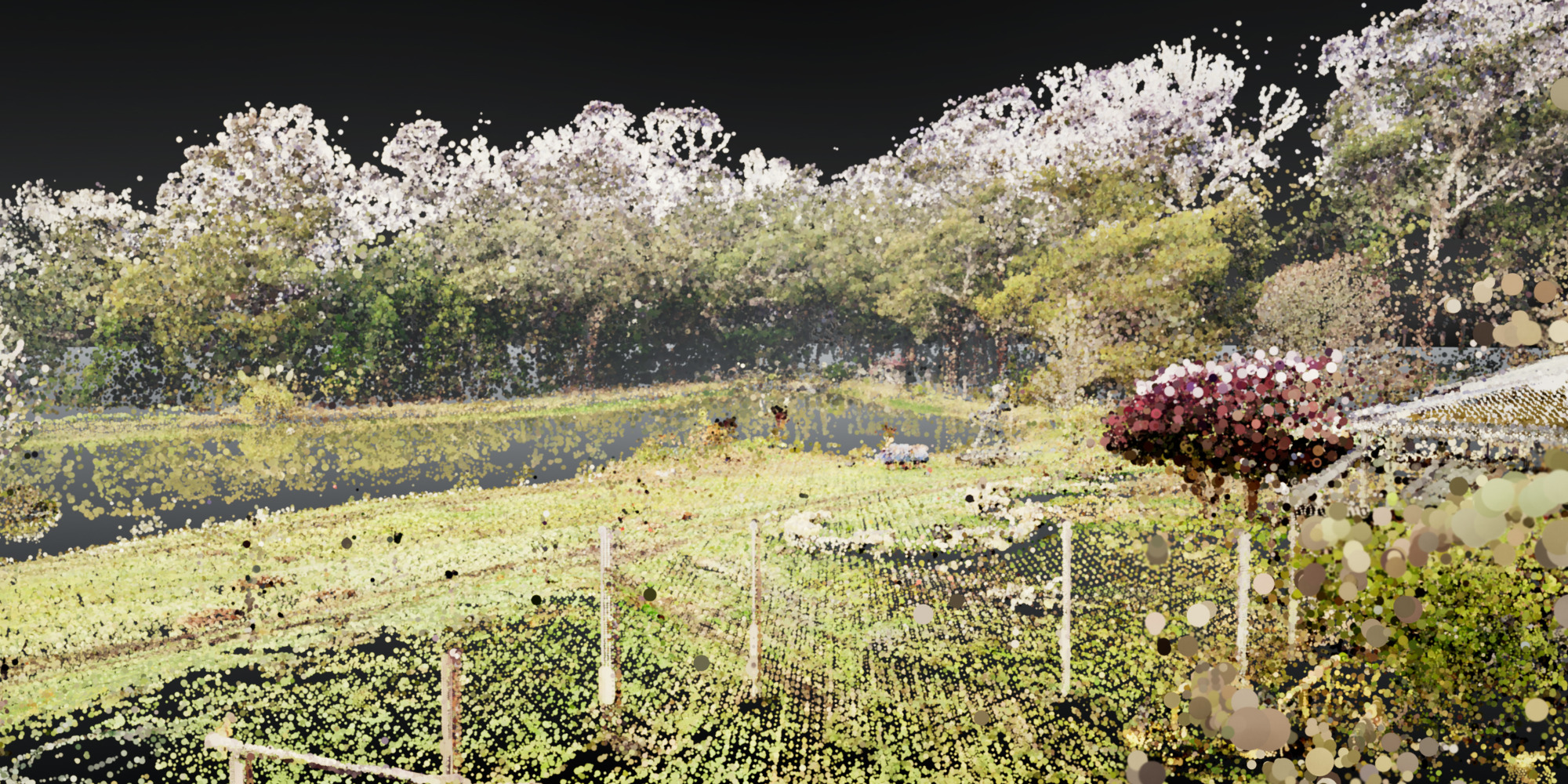
Ars Electronica Garden Newcastle
“BIOMES”, a series of installations, workshops, performances and presentations as part of the Australian National Biodiversity Month, takes us to the site of Newcastle’s old railway station. During the Ars Electronica Festival from September 9 to 13, the focus will be on ecology.
BIOMES is an art science collaboration between the University of Newcastle’s Faculty of Science and the Faculty of Education and Arts. Its goal is to empower the local community to take action itself and see its region as a vibrant, sustainable and diverse community. A team of experts from the FASTLab (Centre of Applied Chaos) created a virtual 360° garden as a way to involve the distant audience in this unique event.
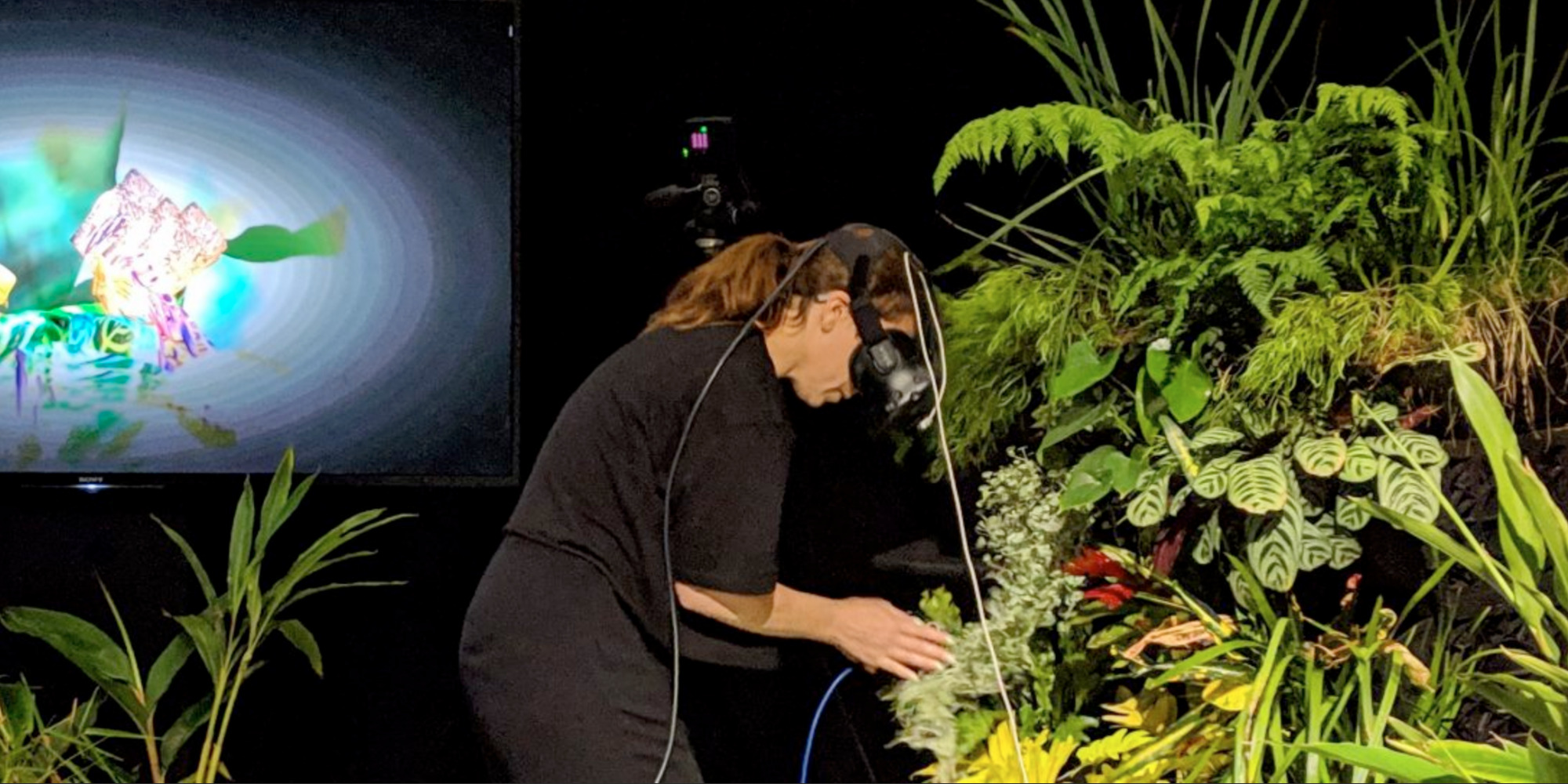
Ars Electronica Garden Sydney
Sydney Garden is home to the Tactical Space Lab, a research initiative at the intersection of art and technology that aims to “demystify” VR – not only for artists but for the wider community. The Ars Electronica Festival will feature works by nine Australian-based artists who spent two weeks in an “incubator” studio session expanding their skills in VR technology, experimenting with it and creating art together.
The garden in Sydney will be an open showcase for all, not only for the artists’ results – 3D models, animations, embedded videos and sounds – but also for the processes and conversations behind them.
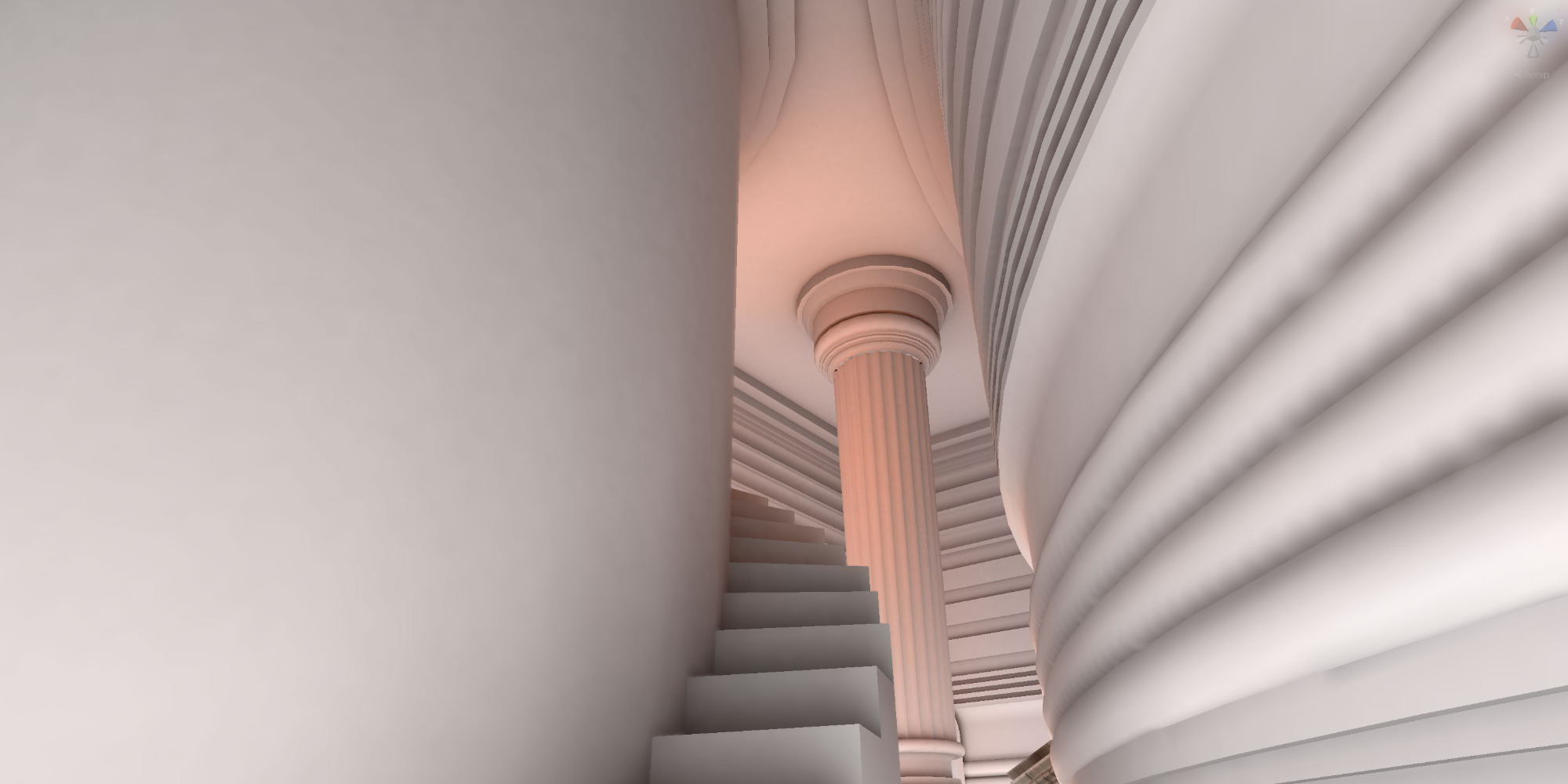
You can read more about the Ars Electronica Festival on this website, moreover, under the motto “Inside Festival” we have exciting new video contributions from all over the world for you every week, and on our social media channels we’re also constantly giving outlooks and insights into what to expect this year.
